If you want to dive into the world of animation, you are going to have to face a legitimate clash: 3D vs 2D, which one is easier?
There are actually different styles of animation in both 2D and 3D. Which will make each one of them easy or hard depending on your preferences, your artistic background, in addition to the resources you have whether it be time or money that you can spend on equipment and training.
3D vs 2D animation: what is the difference?
Animation can be simple or complex in both 2D and 3D, and it all depends on your projects combined with the factors I just mentioned.

The main difference between 2D and 3D is that in 2D it is about animating drawings and in 3D it is about the animation of 3D characters in space not on a 2D plane.
The modern 2D animation though depends on 2D software in the first place just like 3D animation, and they share a lot of common production attributes. But of course, it is more complex than that, because the production process involves a lot of steps, especially in 3D.
Take Blender 3D movies for example: although Blender 3D stands out with its 2D animation capabilities and its Grease Pencil Object, it’s very different compared to other 2D animation software like Toon Boom Harmony or Adobe Animate.
2D animation
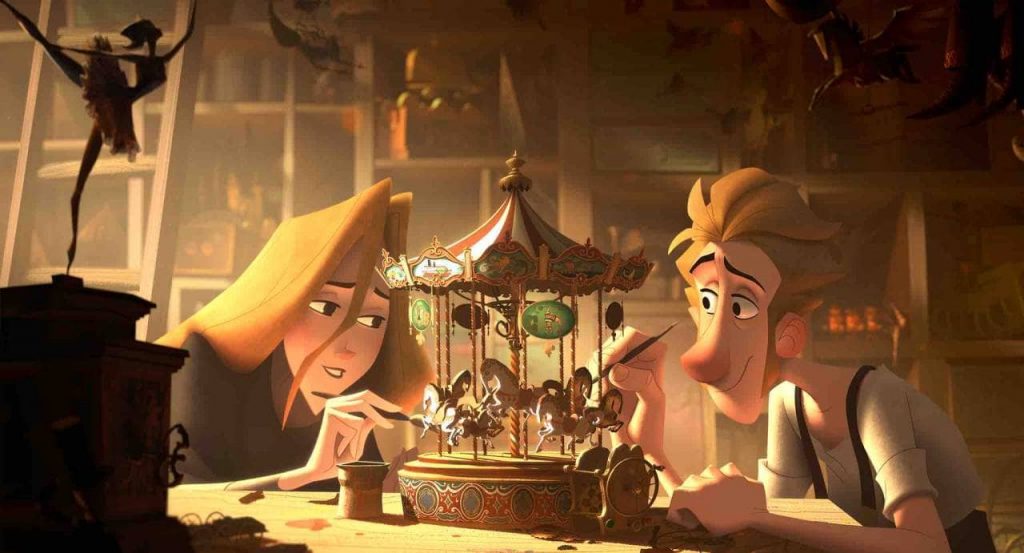
2D animation is something that is usually created frame by frame, so it is simple in concept but it is time-consuming and methodical. For the most part, whether it’s easier or difficult for you depends on your skills in addition to the quality and size your the project.
Generally, you will find it easier if you draw quickly and efficiently. This too can be applied to 3D animation but I would say it’s more true in 2D animation.
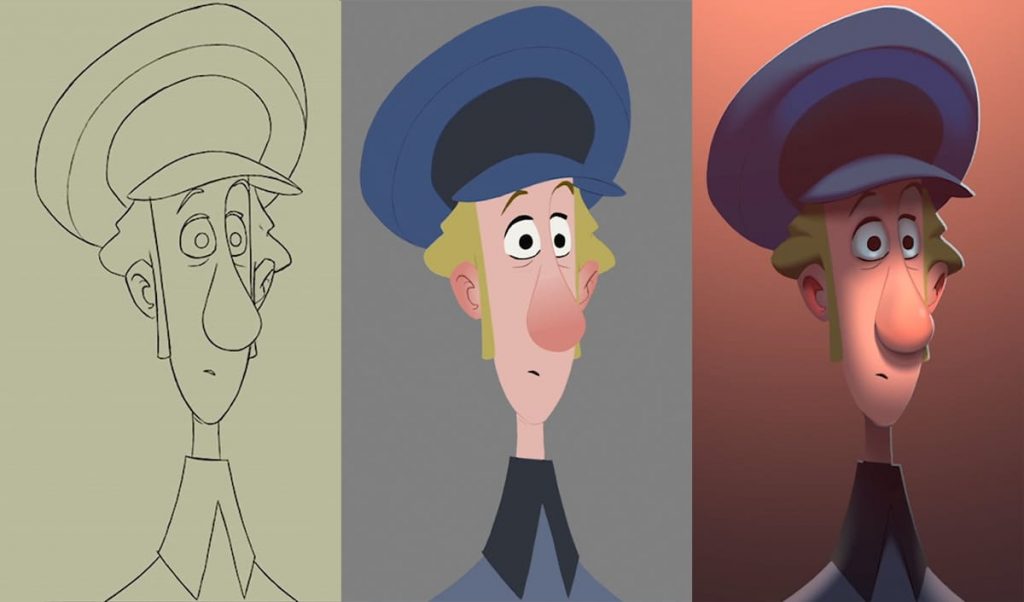
3D animation is not about creating every frame from scratch, and the secret comes down to the long process of preparation you need to go through before starting to animate your characters.
When you reach the actual process of animation you set the beginning and ending position of your animated character or object then the software will do the frames in between. Then of course, you need to tweak the animation if it is necessary.
3D animation
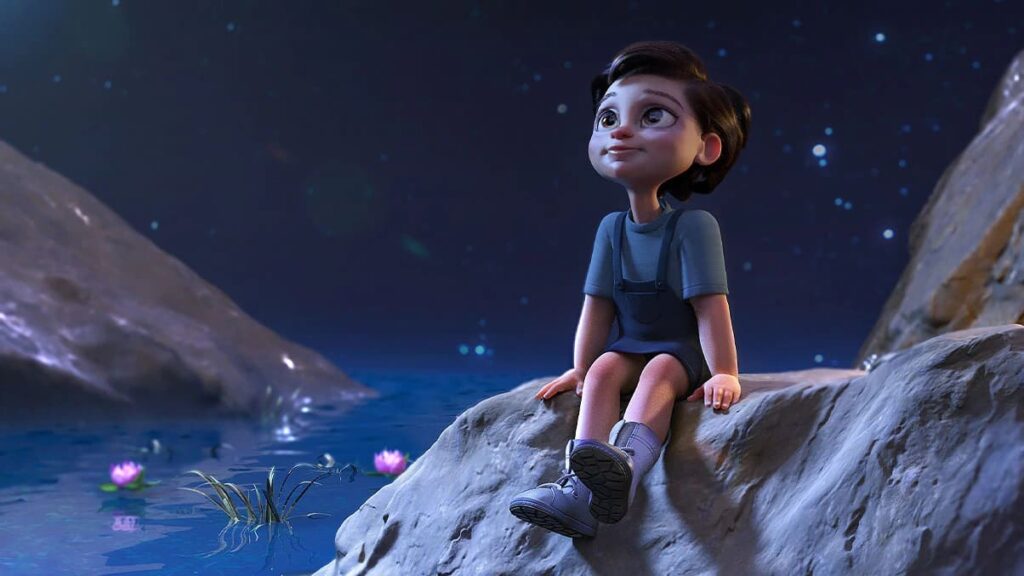
One of the biggest differences in this 3D vs 2D comparison animation is that 3D is very technical, which means you need to learn a lot of technical skills in order to be able to create animations.
3D animation has lots of elements to prepare before starting to animate otherwise it is not going to work. We will details the steps really quick in minute of course.
Also as I said before, if you choose the route of 2D animation that uses rigging and advanced animation tools it can be technical too but there is an upside for that of course.
Process & Workflow of 3D vs 2D
2D Animation
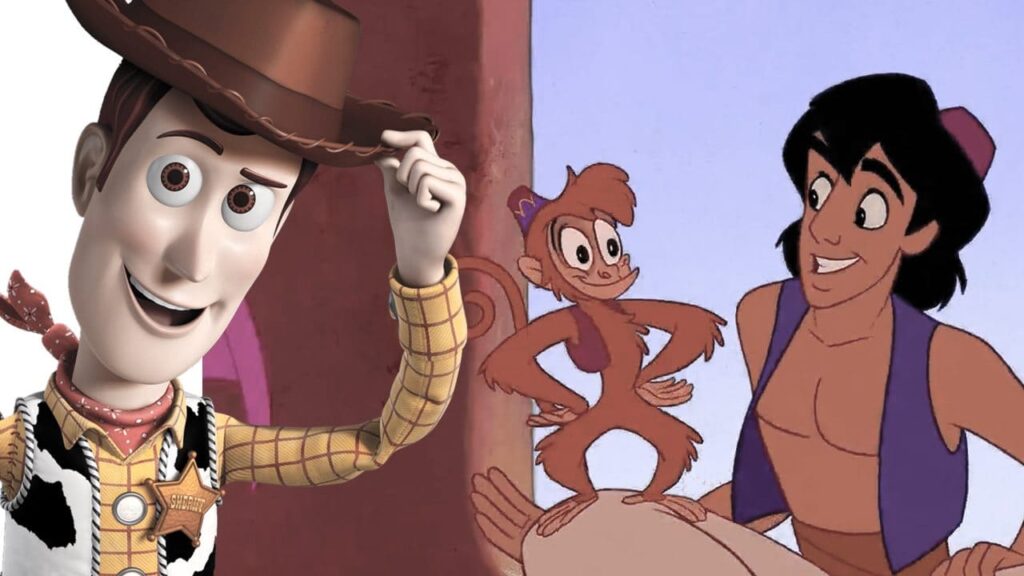
- Starts off with a script of course, and when it gets grin lit it goes to production.
- Storyboard includes movements, angles of the camera, and timing of shots.
- Layout for scenes and environments.
- The animation key drawings or frames.
- The clean-up of these key drawings so that the lines don’t vibrate.
- The smoothing of the animation (Intercalation).
- Clean-up of these intercalations.
- Finally, ink and paint. Now they are doing this process digitally. Because they used to do it by hand before.
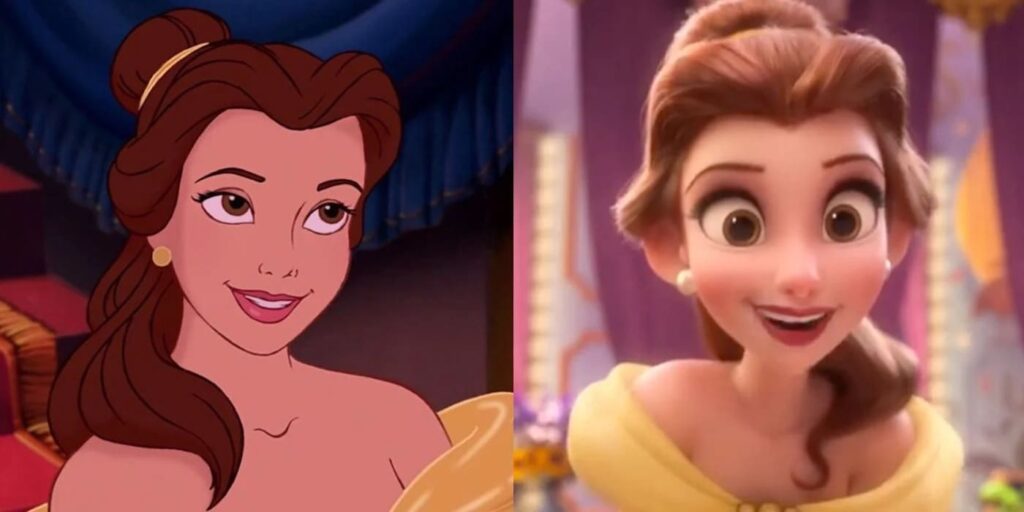
There are several 2D applications that make the 2D animation easier. Automate the movement of objects by keyframing attributes on a timeline.
There are also software that can help you speed up the animation like motion tracking so you can add animation on top of existing footage.
You can also use 2D software to add visual effects to 2D scenes, which is something very difficult to do using traditional drawing if not impossible to come close to the same level of quality.
3D Animation
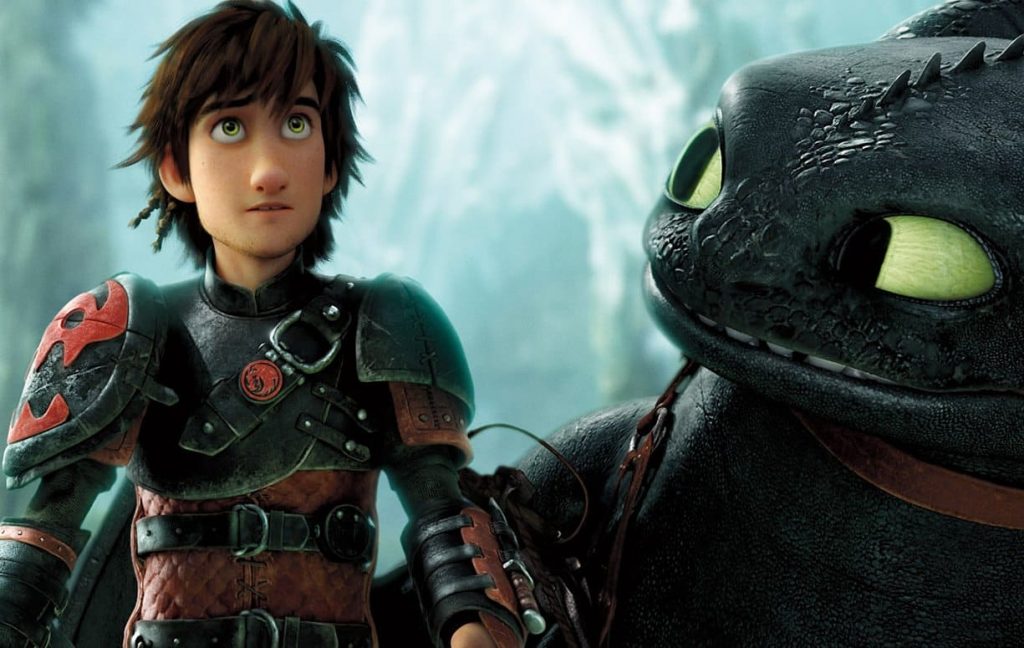
- Modeling: this involves creating models for props & environments.
- Rigging: it is about creating skeletons, bones, skin, clothes, and hair control dynamics to be able to move characters.
- Texturing/surfacing: creating textures, color for surfaces, and interaction with lighting.
- Layout: the step between pre-production and production.
- Animation: this is the part in which characters start taking action.
- Visual effects for characters and environments.
- Matt painting: this process is about creating a background environment like skies, mountains forests, and so on.
- Lighting.
- Finally cameras & rendering.
Final thoughts
In the end, I would say that it all depends on your personal preference and what you personally find more interesting and enjoyable when working with because both require effort and patience.






























